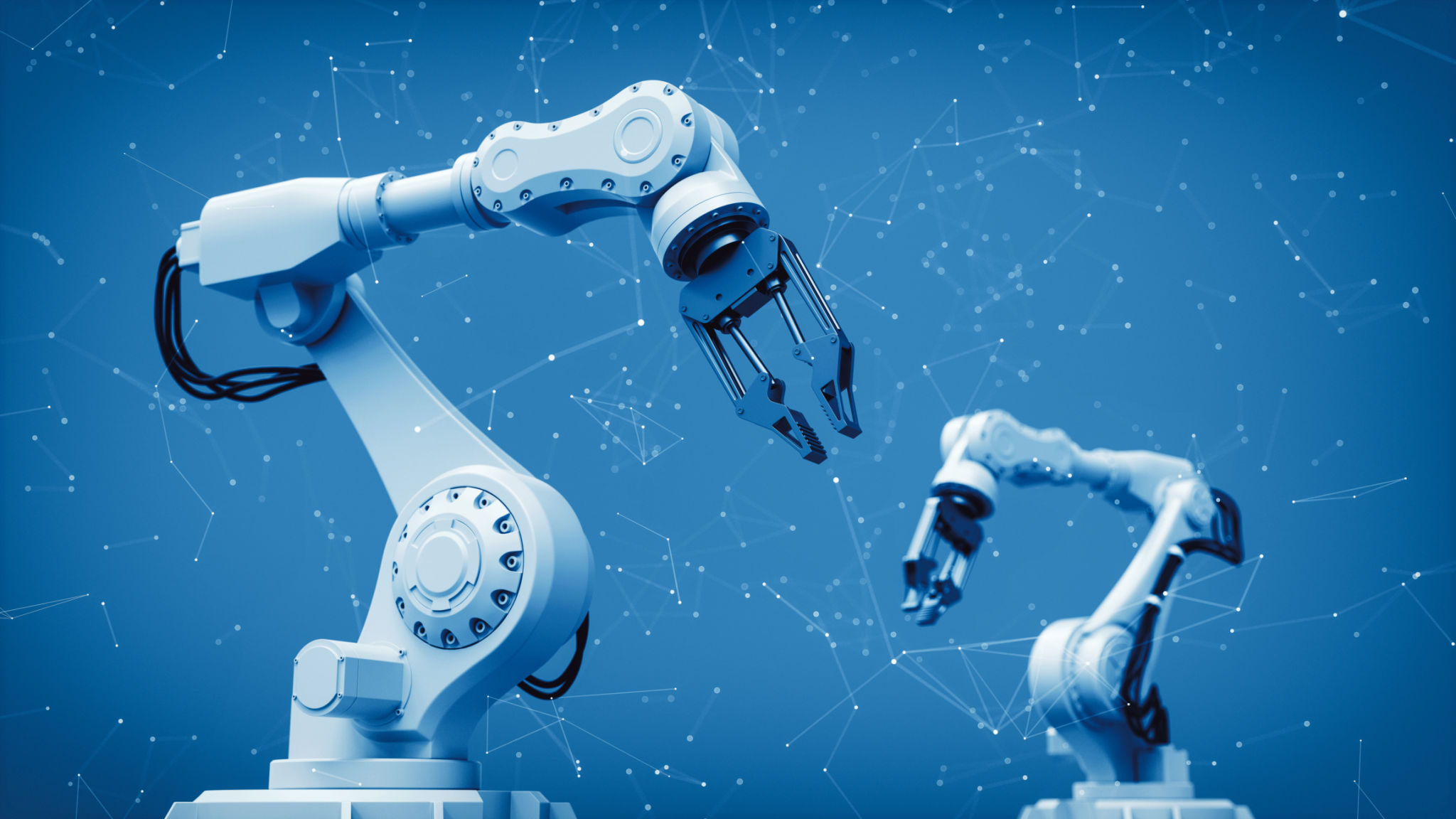Debunking Common Myths About Robotics in Manufacturing
Introduction
Robotics in manufacturing has been a game-changer, revolutionizing how industries operate. However, despite its transformative impact, there are several myths surrounding the use of robotics in this sector. These misconceptions can often hinder innovation and adoption. In this post, we aim to debunk some of the most common myths associated with robotics in manufacturing.

Myth 1: Robots Replace Human Jobs
One of the most pervasive myths is that robots are a direct threat to human jobs. While it's true that robots can perform tasks traditionally done by humans, the reality is more nuanced. Rather than replacing jobs, robots often complement human efforts by taking over repetitive, dangerous, or monotonous tasks. This allows human workers to focus on more complex and creative aspects of production, leading to job evolution rather than elimination.
The Shift in Job Roles
The integration of robotics often results in job transformation rather than job loss. Workers are frequently retrained to manage and maintain robotic systems, opening up new career paths in programming, engineering, and system management. This shift emphasizes the importance of continuous learning and adaptation in the workforce.

Myth 2: Robotics Is Only for Large Corporations
Another common misconception is that only large corporations can afford to implement robotics in manufacturing. In reality, advancements in technology have made robotics more accessible to businesses of all sizes. Small and medium-sized enterprises (SMEs) are increasingly adopting robotic solutions to enhance efficiency and competitiveness.
Cost-Effective Solutions
Today’s robotics solutions come in a variety of models and price ranges, making them suitable for different business needs and budgets. Many companies offer scalable solutions that allow businesses to start small and expand their robotic capabilities over time, ensuring a cost-effective investment that grows with the company.
Myth 3: Robots Are Difficult to Program and Operate
Some believe that robotics require specialized knowledge that is beyond the reach of most manufacturing employees. However, modern robotic systems are designed with user-friendliness in mind. Many come equipped with intuitive interfaces and can be programmed with minimal training.

Intuitive Interfaces
Manufacturers have developed user-friendly software and interfaces that allow even those without a technical background to program and operate robots effectively. This democratization of technology makes it easier for businesses to implement robotic solutions without the need for extensive technical expertise.
Myth 4: Robotics Compromise Product Quality
There is a belief that robots might not match the quality of work done by humans. In truth, robots can significantly enhance product quality by maintaining high levels of precision and consistency, reducing human error.
Precision and Consistency
Robots excel in tasks that require precision and repeatability, ensuring consistent product quality. By minimizing variability in production processes, robotics contribute to higher standards and reduced waste, ultimately benefiting both manufacturers and consumers.

Conclusion
The myths surrounding robotics in manufacturing can create unnecessary barriers to technological advancement. By understanding the realities of robotic integration, businesses can better harness these tools to enhance productivity, quality, and workforce capabilities. As we move forward, embracing robotics will be essential for staying competitive in an ever-evolving industrial landscape.
